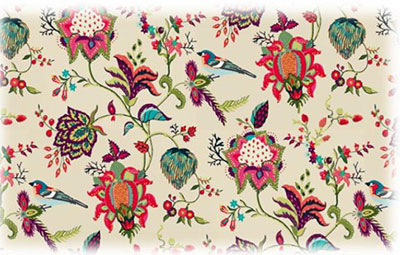

Pochampally silk is a type of silk produced in the Nalgonda district of Andhra Pradesh, which is also commonly referred to as India’s Silk city. Pochampally Ikat is a special kind of tie-dye technique where firstly, the silk threads are dyed with colours and then woven into a sari. These saris are available in different style, including Ikat Pattu Saris, Pochampally Silk Saris, Ikat Kanchi Saris and, Ikkat Cotton Saris crafted by skilled weavers of the state. Some of the designs featured in the saris are traditional as well as trendy such as, Narikunj, Swastik. Ambai, Navaratan and Pan Patola. With a rich history spanning over 70 years, these handcrafted saris exude elegance and grace.
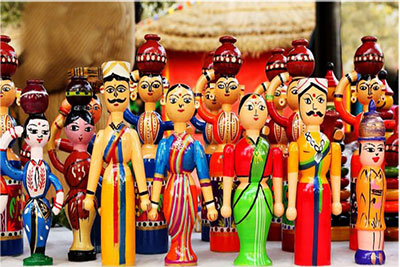
Kondapalli toys are made of painted wood of Tella Poniki, which world famous for its unique flexibility. The toy or figurine is painted with both water and oil colors. It is named after the village from which they originated in Andhra Pradesh. These traditional wooden toys date back to the 17th century. Painting is done with goat’s hair paint brushes that are delicate and thin. The brightly coloured toys often taken the form of elephants, horse and carts and women in saris; inspired by real-life sceneries, animals, rural people, deities, and mythology. To paint toys of export quality, vegetable dyes are utilised, whereas oil paints are used to colour toys sold within India, and enamel paints are used to paint toys created for special occasions.
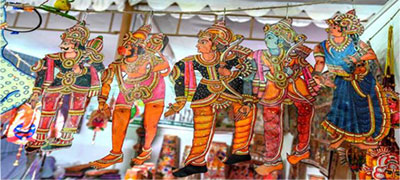
Leather puppets are the symbol of Andhra Pradesh art and crafts. This form of craft is linked to the state’s traditional folk and cultural expression. This form of shadow-puppet theatre is popular in several regions of Andhra Pradesh and also known as thollubommalu or thollubommalatta. ‘Tollu’ means leather in Telugu and ‘bommalu’ means dolls. This form of art is believed to have originated in 200 BC under the rule of the Satavahana dynasty. Themes from Hindu epics like Ramayana and Mahabharata dominate this form of puppetry, which is also regarded as an effective medium of communication. Places like Nimmalakunta in Ananthapur district, Narsaraopet in Guntur district and D.C. Palle in Nellore district are considered as the main centers of leather puppet industry in Andhra Pradesh.
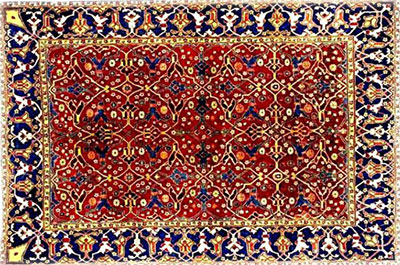
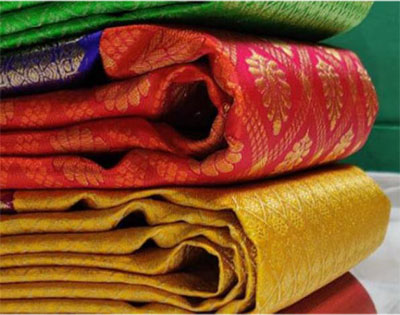
Handlooms have been discovered in the late 1800s, at Dharmavaram, a region of Andhra Pradesh. The traditional designs and motifs are Butis and Dot and are made of pure mulberry silk. The town's skilled artisans have preserved the authentic techniques, making Dharmavaram Silk Saris an art form deeply entwined with the region's cultural heritage. Evidence of origin of Dharmavaram saris can also be found in the roof wall paintings of Lepakshi temple near Hindupur. The silk saris are an integral part of traditional celebrations and ceremonies in Andhra Pradesh. From weddings to religious festivals, these saris are cherished as symbols of grace, elegance, and prosperity. The weaving of Dharmavaram Silk Saris has been recognized as an important part of India's intangible cultural heritage and its centers have been added to the UNESCO tentative list of world heritage sites under the "iconic sari weaving clusters of India".
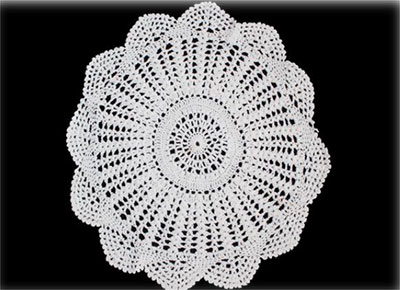
The state of Andhra Pradesh is home to numerous skills and crafts developed over generations and one such craft is crochet lace making. It is originated in Narsapur, West Godavari district of Andhra Pradesh. The women of the farming community of this region started creating attractive colourful lace, about 150 years ago. The lace work is beautifully crafted with thin cotton thread and thin crochet needles of different sizes. The Decorative hand-crocheted lace work is widely used to design dining mats. It is also used to beautify bed sheets, pillow covers, telephone covers, wall hangings, tea cozy, dressing table mats and curtains. The crochet is available in vibrant colours like orange, green, blue, white, red, and beige.
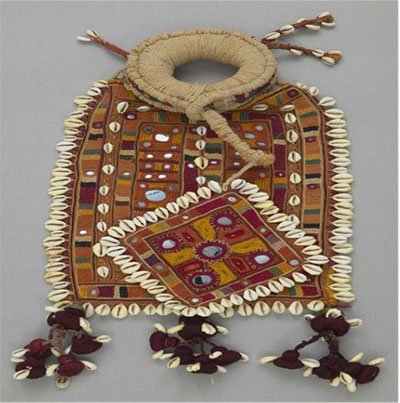
The craftsmanship and mirror work, of the ‘Banjaras’ on fabrics (traditionally used is cotton) have become the part of each person’s wardrobe in India. The origin of Banjara embroidery dated back to the era of Lord Krishna. These people employ their dexterity in needle craft and create incredible designs on clothes. The work of art is famous for its intricate and colorful designs. The embellishments used are beads, shells, ghungroos and mirrors add uniqueness, which distinguishes from other tribal embroideries.